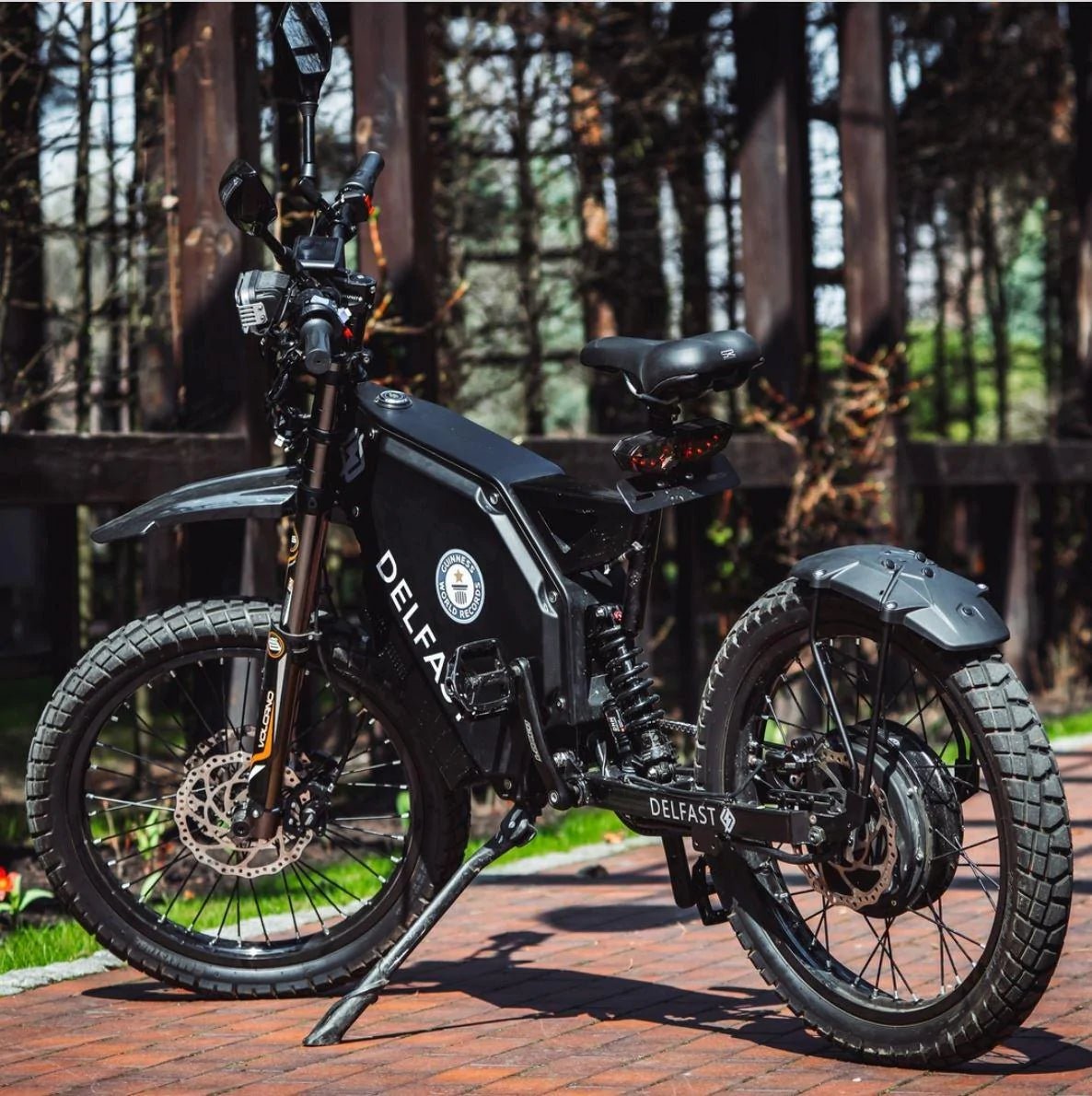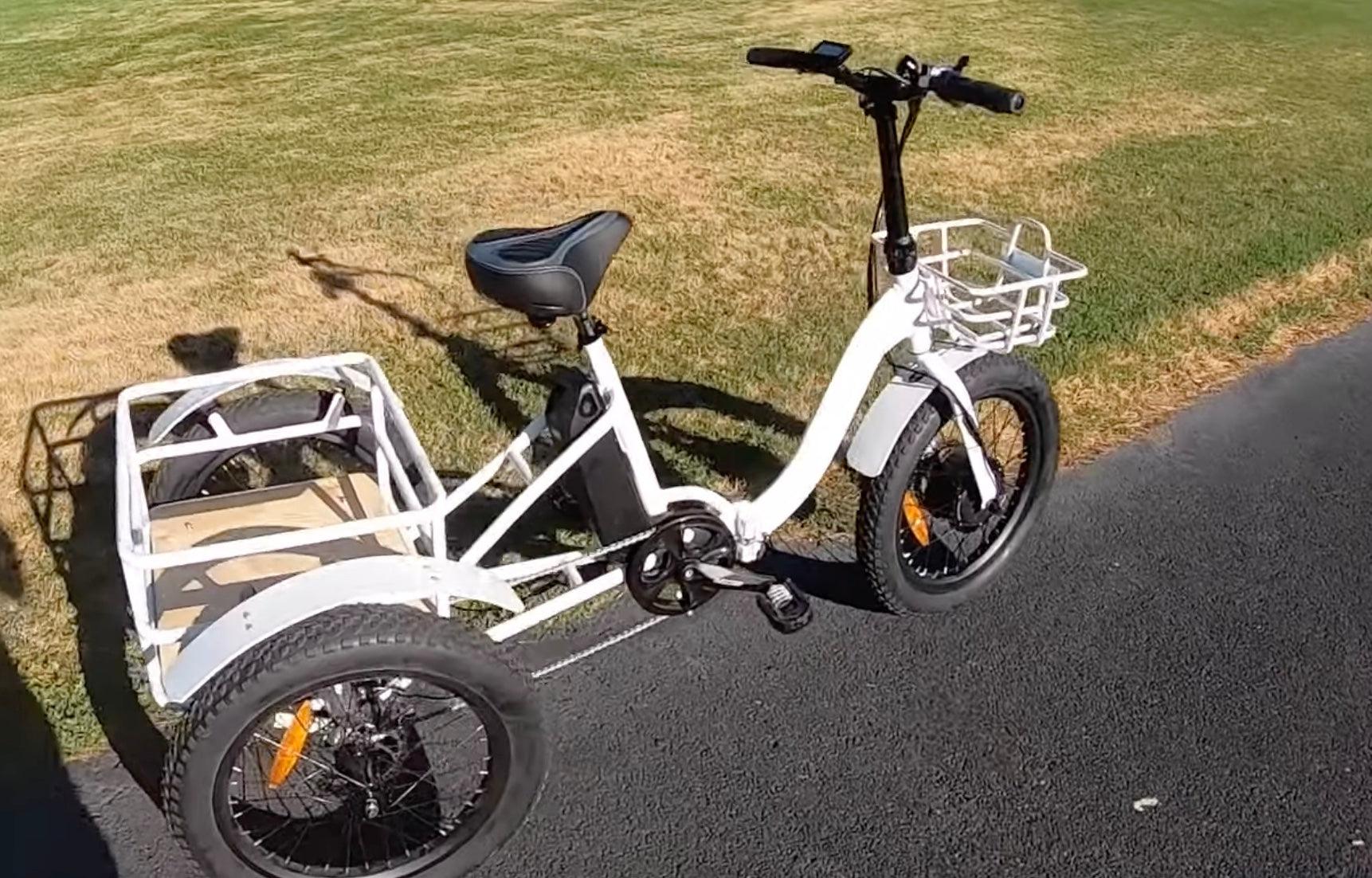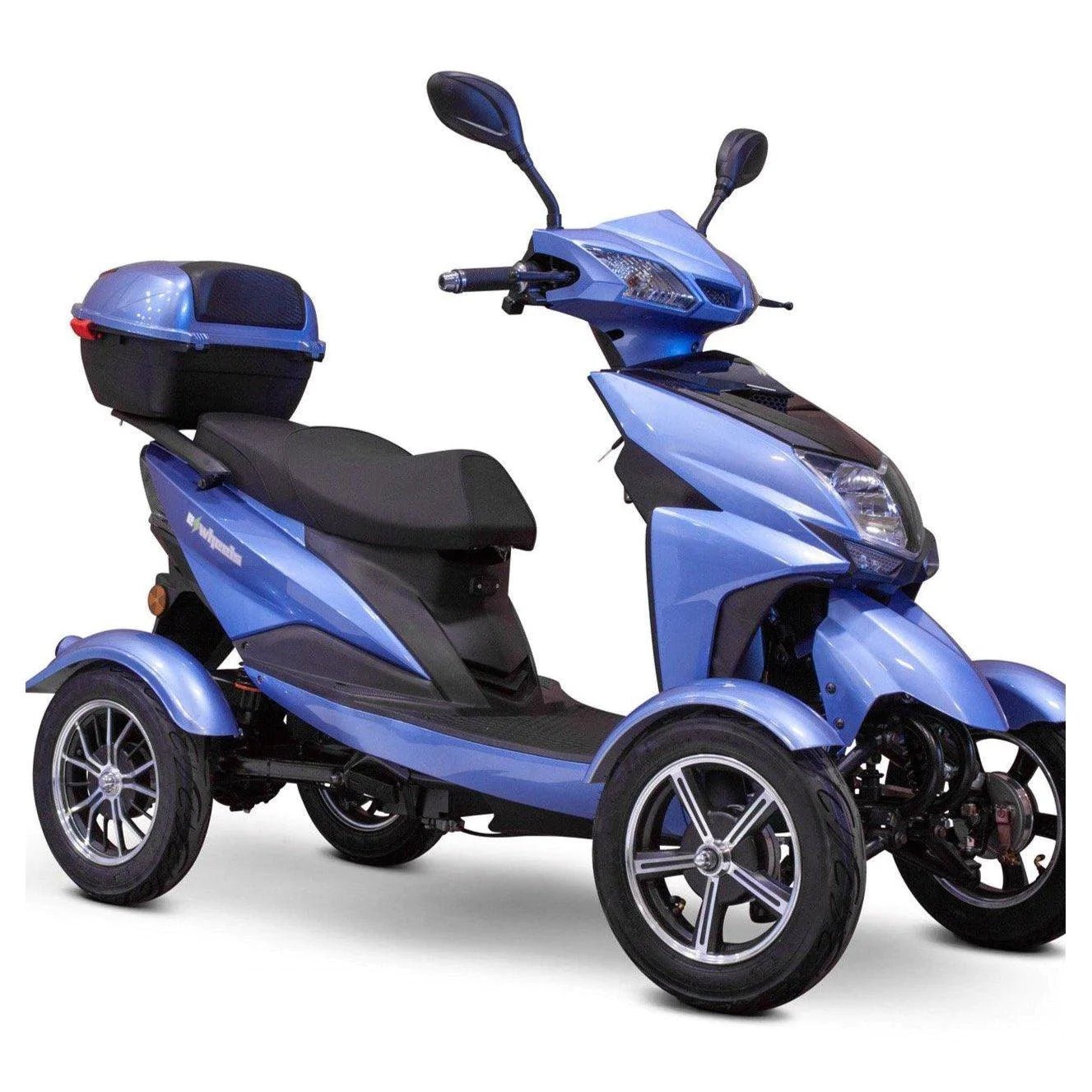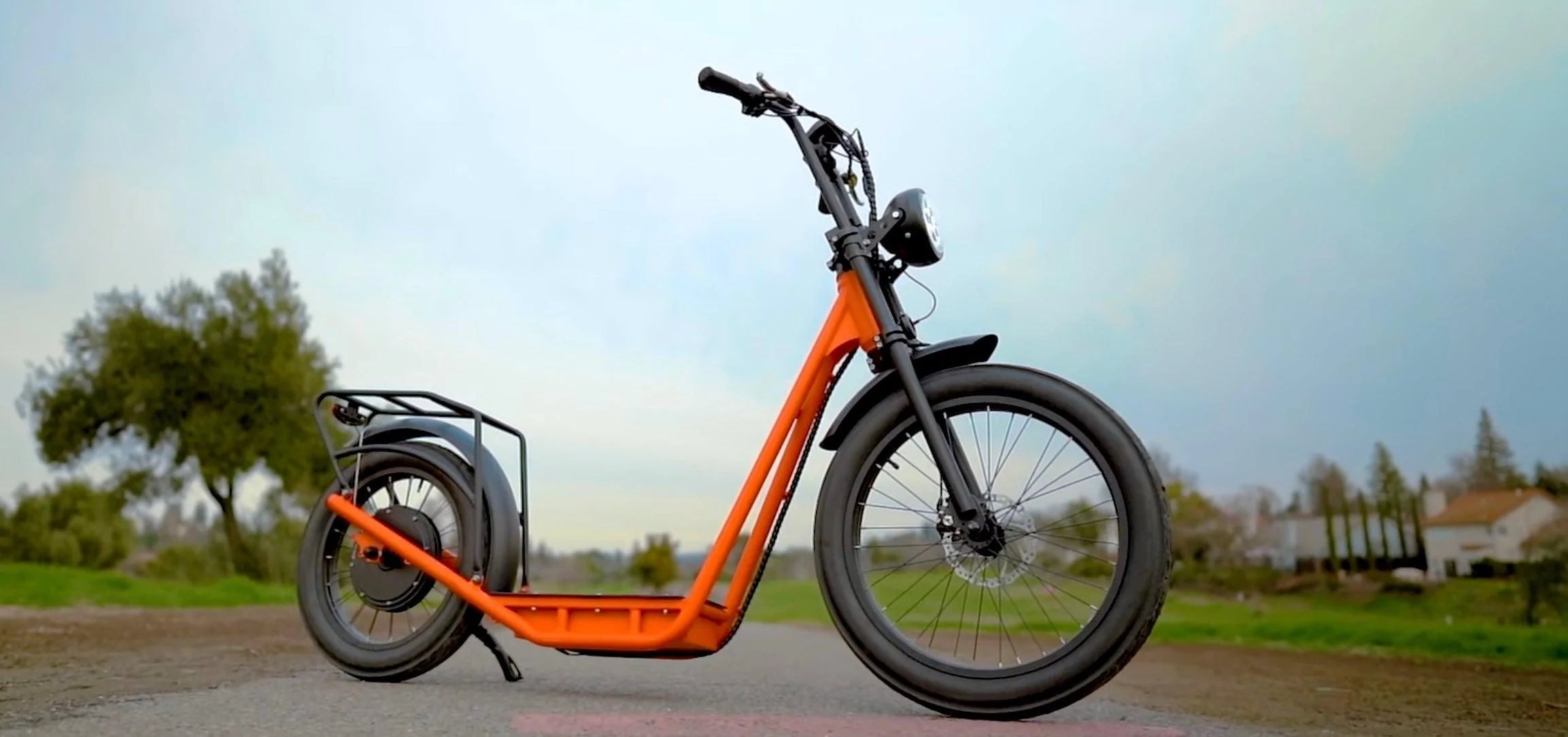Portable Power: Gas or Battery?
Portable power stations haven’t outed old school gas-powered generators just yet. These all-electric devices have a suite of ports and features, but even some of today’s gas generators have USB outlets and apps. Ease of use, output, and lifetime cost are still battlegrounds for these rivaling power sources. Let's look at why some people are switching to battery-powered, and why some are waiting.

6 Similarities
- Off-the-grid power. Whether it’s a blackout or barbeque, both gas generators and portable power stations are a power source you’re in control of.
- AC, DC, and USB ports. Though gas-powered generators generally only have a couple of AC outlets, gas inverter generators can output AC and DC, just like portable power stations. That means they have wall-style outlets in addition to USB outlets and DC ports.
- Portability. Both range from ones you can pick up to ones you have to wheel around, and for 3600 watts of output, you can expect a gas generator and portable power station to weigh around 90 pounds. But that doesn’t take into account the gas you have to bring along for a generator.
- Home circuitry. Higher-end portable power stations and gas generators can link with your home’s breaker panel so that the wall outlets and light fixtures in your home can still be used during a power outage.
- Ran in parallel. Having two portable inverter generators or two portable power stations obviously doubles runtime, but by linking them together, output doubles as well. That translates to powering more and/or bigger things.
- Limited shelf life. Neither or these can be stored indefinitely without care. Gas generators either need to be drained or have fuel stabilizer added; portable power stations need to be recharged every 3–6 months.

7 Differences
- Portable power stations don’t make electricity. They store it. It’s why EcoFlow uses the term “portable power station”, instead of “solar generator” or “battery-powered generator”.
- Gas generators can’t be used inside. Bring a portable power station right into your living room, workshop, or venue because they don’t produce emissions. People living in apartments and townhouses can use this as a backup power source.
- Gas generators are loud. Conversations are normally at 50 decibels, quiet gas generators are at least 60. Just saying.
- Lifespan. Though nearing apples and oranges territory, you can compare DELTA Pro’s (an EcoFlow portable power station) lifespan of 3500 cycles with a gas generator’s 2000–3000 hours of runtime. Let’s say we want to make 3600 watt-hours of electricity: a 3600 watt gas generator would run at full load for an hour, and DELTA Pro would use all of its 3600 watt-hour battery. If the above lifespans were exact: a gas generator could do that 2,999 more times, and DELTA Pro could do that 3,499 more times. Here’s where the gap widens. To make 1800 watt-hours, a gas generator would still need to run for an hour, but DELTA Pro would only use half of a cycle, meaning it could do that 6,999 more times.
| 3600W Gas Generator | 3600W DELTA Pro | |
|---|---|---|
| Lifespan | 2000~3000 hours | 3500 cycles |
| To make 3600Wh | Uses 1 hour | Uses 1 cycle |
| To make 1800Wh | Uses 1 hour | Uses ½ cycle |
- Gas generators aren’t the brightest. With a portable power station, you know exactly how many watts are being used and the hours and minutes left. They power on from an app and power off automatically when they’re not in use. Apart from a few, generators only have a fuel gauge and can’t be started remotely.
- Power options. Portable power stations can recharge from the wall, a vehicle, a solar panel, or even a gas generator. DELTA Pro adds wind turbines and electric vehicle stations to the mix.
- Energy costs. Gas generators are hands-down cheaper up front, but portable power stations can save you money over time. The price of electricity from the wall is cheaper per kilowatt-hour than from a gas-powered generator and, depending on your provider, won’t spike during emergencies. DELTA Pro can save you even more through solar recharging and avoiding peak electricity rates.
*2020 US average
Can They Be Used Together?
Ecoflow’s Smart Generator can be attached to both DELTA Pro and DELTA Max to do what other gas generators can’t. When the battery drops below an adjustable minimum, the generator automatically starts and recharges the battery to an adjustable maximum. The combination brings out the best of both in worst-case scenarios.
- No dark periods. When gas generators need to be refilled, there’s no power while you wait for it to cool down and add fuel. With a portable power station backed up by a smart generator, you can refuel while the battery continues powering the comforts of home.
- Quiet nights. Recharge by smart generator by day, and enjoy a night free of noise and refueling.
The Bottom Line
Gas generators: Massive output and near-limitless capacity are really the only things going for them. A rough and tumble gas generator may still be your best bet if loads of energy for long periods outweighs the people around it.
Portable power stations: The quiet, smart kid who’s starting to bulk up, portable power stations are taking over gas generator’s turf in terms of power and capacity. They’re for those who want power without trips to the gas station, for those who are thinking about social events, and for those who want to keep solar as a charging option.
Used together: Get all of the benefits of a portable power station, and if things don’t go as planned, a smart generator can provide a fallback. Having to add a gas generator may not be ideal, but with a portable power station attached, you still have ways to manage the noise and dark periods.
| 3600W Gas Generator | 3600W DELTA Pro | |
|---|---|---|
| Unit price | $500~$900 | ~$4000 |
| Energy use | ½ gallon/hr @ 3600W | 3600Wh |
| Energy price* | $2.50/gallon | $0.13/1000Wh |
| Cost for 3600Wh | $1.25 | $0.47 |
| Lifetime difference Using DELTA Pro |
($1.25−$0.47) × 3,500 cycles = $2,730 Money saved each time × Total lifespan |
|




